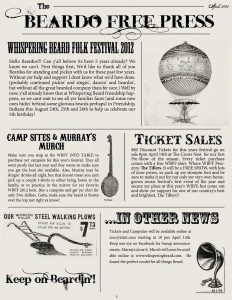Are you a fan of newsletters as a marketing tactic? Not me.
In 1979 I remember receiving a printed newsletter from an ingredient supplier to my bakery. This tactic is 39 years old. At that time, I recall throwing these newsletters into a basket that held things that seemed dumb to me and that I knew I’d never read. Every 30 days I’d dump in into the trash.
I remember thinking it was an odd way to communicate. Why didn’t the sales person call me share the insights in person, or pick up the telephone.
I remember thinking it was an odd way to communicate. Why didn’t the sales person call me share the insights in person, or pick up the telephone.
Turn the clock forward 39 years to day and I am still receiving newsletter being sent by everyone and their brother. In fact, even my brother sends me a newsletter from his employer, a financial services company. Although mostly electronic, today’s newsletters end up in my virtual trash bin on my computer. I’m still scratching my head why people use this impersonal approach.
If you insist on marketing with a newsletter, here are some thoughts, suggestions and considerations to improve your effort.
1. What job will the newsletter do for you? Why are you using this approach? Why, why, why?
2. Attentions spans are short. Instead of newsletters, replace them with conversations with customers.
3. Is the information really relevant to this audience? Do they care? How do you know?
4, If you insist on emailing your permission-based list, send them single messages on one topic. Keep it short. One topic and keep the pictures and graphics to a minimum.
5. Be clear with what you are saying. Don’t use jargon. If you aren’t a good writer, get help.
6. Respect your customer’s busy schedule. Make sure the email, postcard or newsletter is useful and serves a purpose. Read Jay Baer’s new book Youtility to understand what it means to market and be incredibly useful.
7. The newsletter is probably being opened and read on a mobile device. Make sure it can be seen on that platform. Is the type big enough to read on a tiny iPhone?
8. Subject lines matter to grab attention.
9. What is the call to action? Is it clear how the recipient can get more information?







